Recent Graphics Research Projects
This list includes recent graphics projects with publications. This is not a complete list of graphics-related projects at the University of Utah and it does not include ongoing projects without any publications.
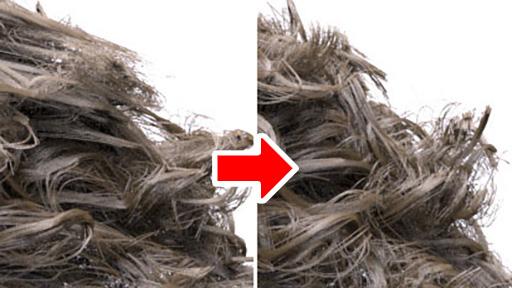
This project introduces a novel physical-driven hair interpolation scheme that utilizes existing simulated guide hair data. Instead of directly operating on positions, we interpolate the internal forces from the guide hairs before efficiently reconstructing the rendered hairs based on their material model. We have tested various hairstyles to illustrate that our approach can generate visually plausible rendered hairs with only a few guide hairs and minimal computational overhead, amounting to only about 20% of conventional linear hair interpolation. This efficiency underscores the practical viability of our method for real-time applications.

Recent advancements in spatiotemporal reservoir resampling (ReSTIR) leverage sample reuse from neighbors to efficiently evaluate the path integral. This project introduces Area ReSTIR, extending ReSTIR reservoirs to also integrate each pixel's 4D ray space, including 2D areas on the film and lens. We design novel subpixel-tracking temporal reuse and shift mappings that maximize resampling quality in such regions. This robustifies ReSTIR against high-frequency content, letting us importance sample subpixel and lens coordinates and efficiently render antialiasing and depth of field.

Vertex block descent is a new unconditionally-stable physics solver that has better parallelism and faster convergence than alternative methods. It operates with local vertex position updates that achieve reductions in global variational energy. It can also fit in a given computation budget by simply limiting the iteration count while maintaining its stability and superior convergence rate. We show how our vertex block descent method can be used for elastic body dynamics in detail and discuss it can be used for other simulation systems, including particle-based simulations and rigid bodies.
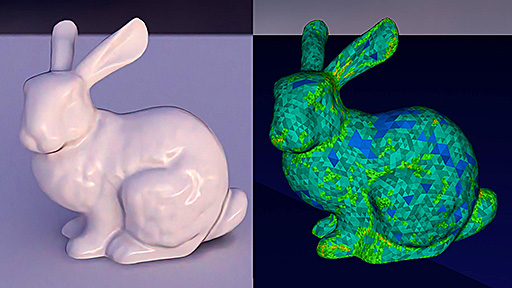
We introduce an adaptive level-of-detail technique for ray tracing triangle meshes that aims to reduce the memory bandwidth used during ray traversal, which can be the bottleneck for rendering time with large scenes and the primary consumer of energy. We also propose specific hardware units to cover the cost of additional compute needed for level-of-detail operations.We evaluate our method using a cycle-accurate simulation of a custom ray tracing hardware architecture. As compared to traditional bounding volume hierarchies, our method can provide more than an order of magnitude reduction in energy use and render time.

We propose a novel four-stage sag-free initialization framework to solve stable quasistatic configurations for hybrid strand-based hair dynamic systems. We also introduce an essential modification for the Darboux vector to eliminate the ambiguity of the Cosserat rod rest pose in both initialization and simulation. We evaluate our method on a wide range of hairstyles, and our approach can only take a few seconds to minutes to get the rest quasistatic configurations for hundreds of hair strands. Our results show that our method successfully prevents sagging and has minimal impact on the hair motion during simulation.

This project introduces a method for efficiently computing the exact shortest path to the boundary of a mesh from a given internal point in the presence of self-intersections. We provide a formal definition of shortest boundary paths for self-intersecting objects and present a robust algorithm for computing the actual shortest boundary path. The resulting method offers an effective solution for collision and self-collision handling while simulating deformable volumetric objects, using fast simulation techniques that provide no guarantees on collision resolution.
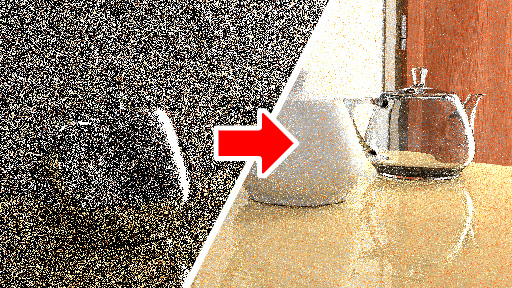
Recent algorithms building on resampled importance sampling reuse paths spatiotemporally to render surprisingly complex light transport with a few samples per pixel (e.g. ReSTIR). But sample reuse introduces correlation, so ReSTIR-style iterative reuse loses most convergence guarantees that RIS theoretically provides. We introduce generalized resampled importance sampling (GRIS) to extend the theory, allowing RIS on correlated samples, with unknown PDFs and taken from varied domains. This solidifies the theoretical foundation and enables advanced path reuse between pixels via complex shift mappings.
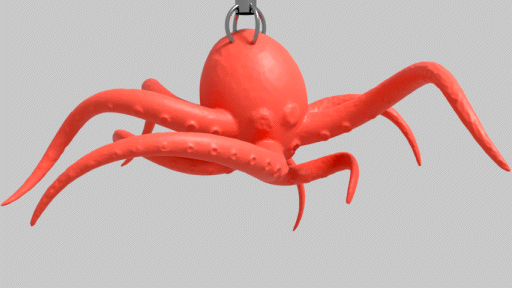
Simulations of deformable objects initialized using a given initial shape result in sagging, the undesirable deformation under gravity as soon as the simulation begins. We introduce a novel solution to the sagging problem that can be applied to a variety of simulation systems and materials, presenting examples with mass-spring systems, cloth simulations, the finite element method, the material point method, and position-based dynamics. The key feature of our approach is that we avoid solving a global nonlinear optimization problem by performing the initialization in two stages.

We introduce virtual blue noise lighting, a rendering pipeline for estimating indirect illumination with a blue noise distribution of virtual lights. Our pipeline is designed for virtual lights with non-uniform emission profiles that are more expensive to store, but required for properly and efficiently handling specular transport. We generate virtual lights starting from the camera and use an adaptive sample elimination strategy to achieve a blue noise distribution. For computing the virtual light emission profiles, we present a photon splitting technique. During lighting estimation, our method allows using novel sampling techniques for reducing the estimation error.
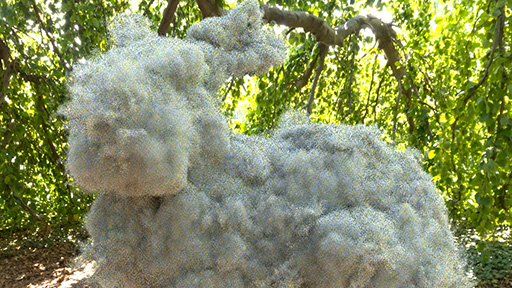
We extend a recent direct illumination sampling technique, spatiotemporal reservoir resampling (ReSTIR), to multi-dimensional path space for volumetric media. By fully evaluating just a single path sample per pixel, our volumetric path tracer shows unprecedented convergence. To achieve this, we properly estimate the chosen sample's probability via approximate perfect importance sampling with spatiotemporal resampling. With this reformulation, we achieve low-noise, interactive volumetric path tracing with arbitrary dynamic lighting, including volumetric emission, and maintain interactive performance even on high-resolution volumes.
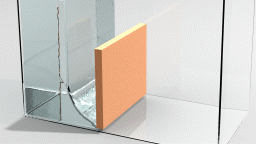
Robustly handling collisions between individual particles in a large particle-based simulation has been a challenging problem. This project introduces particle merging-and-splitting, a simple scheme for robustly handling collisions between particles that prevents inter-penetrations of separate objects without introducing numerical instabilities. This scheme can be used for stable and robust collisions within a particle-based simulation and also for coupling different simulation systems using different and otherwise incompatible integrators.
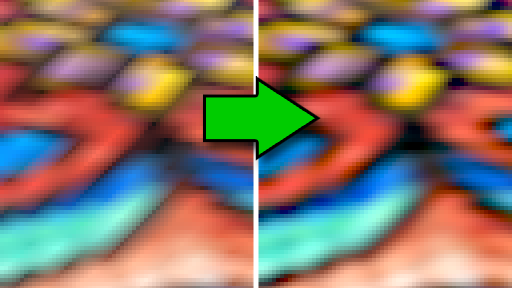
Interpolation is a core operation that has widespread use in computer graphics. Though higher-order interpolation provides better quality, linear interpolation is often preferred due to its simplicity, performance, and hardware support. We present a unified refactoring of quadratic and cubic interpolations as standard linear interpolation plus linear interpolations of higher-order terms and show how they can be applied to regular grids and (triangular/tetrahedral) simplexes. Our formulations can provide significant reduction in computation cost in higher-order interpolations.
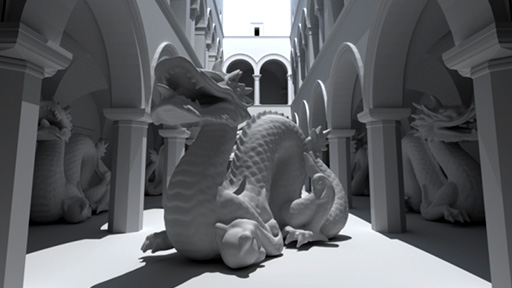
This project explores new algorithms and new hardware architectures for highly realistic computer graphic image synthesis that provides high performance and consume significantly less power than current GPU growth trends. Specifically we focus on Ray Tracing as a rendering algorithm. Ray tracing has well-understood advantages in supporting realistic rendering with high quality composite global lighting effects. It is also highly amenable to parallel processing, albeit utilizing a different type of parallelism than offered by current commercial GPUs.